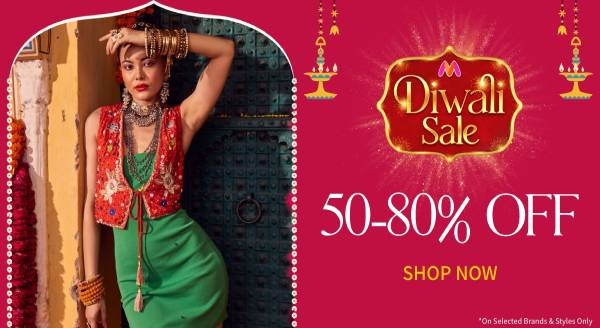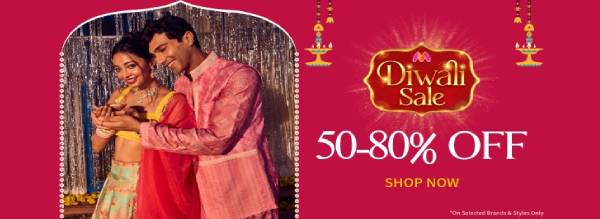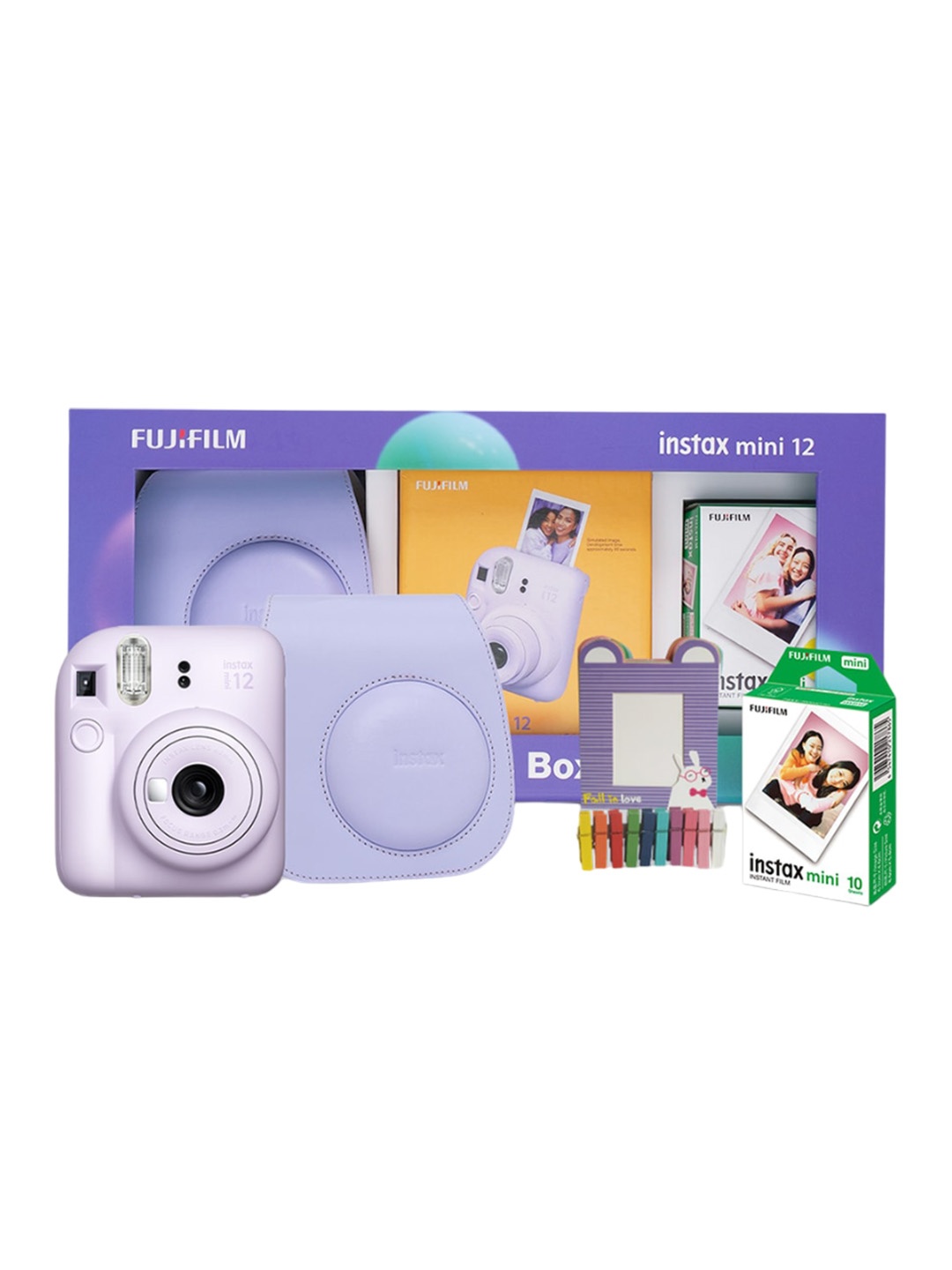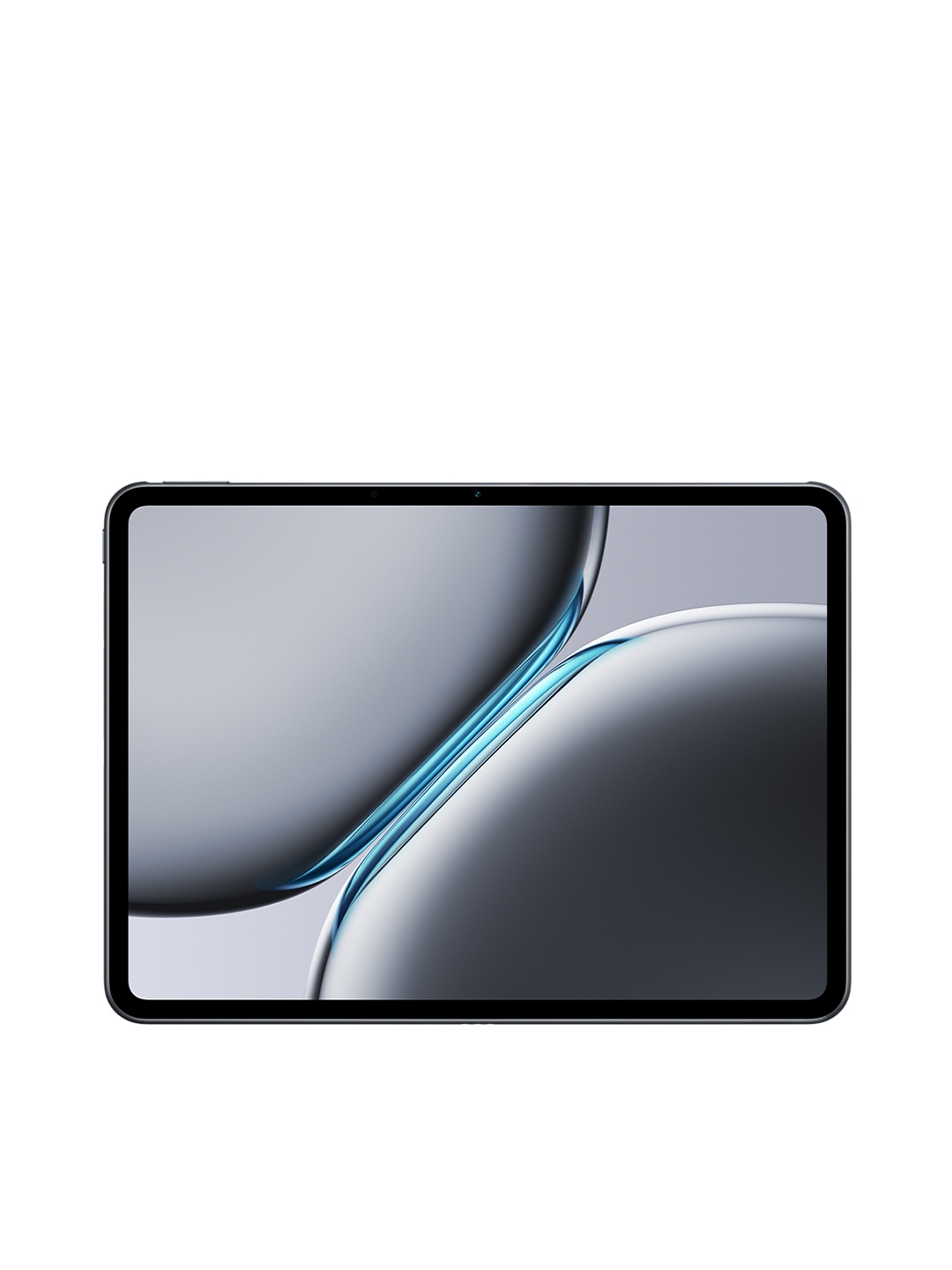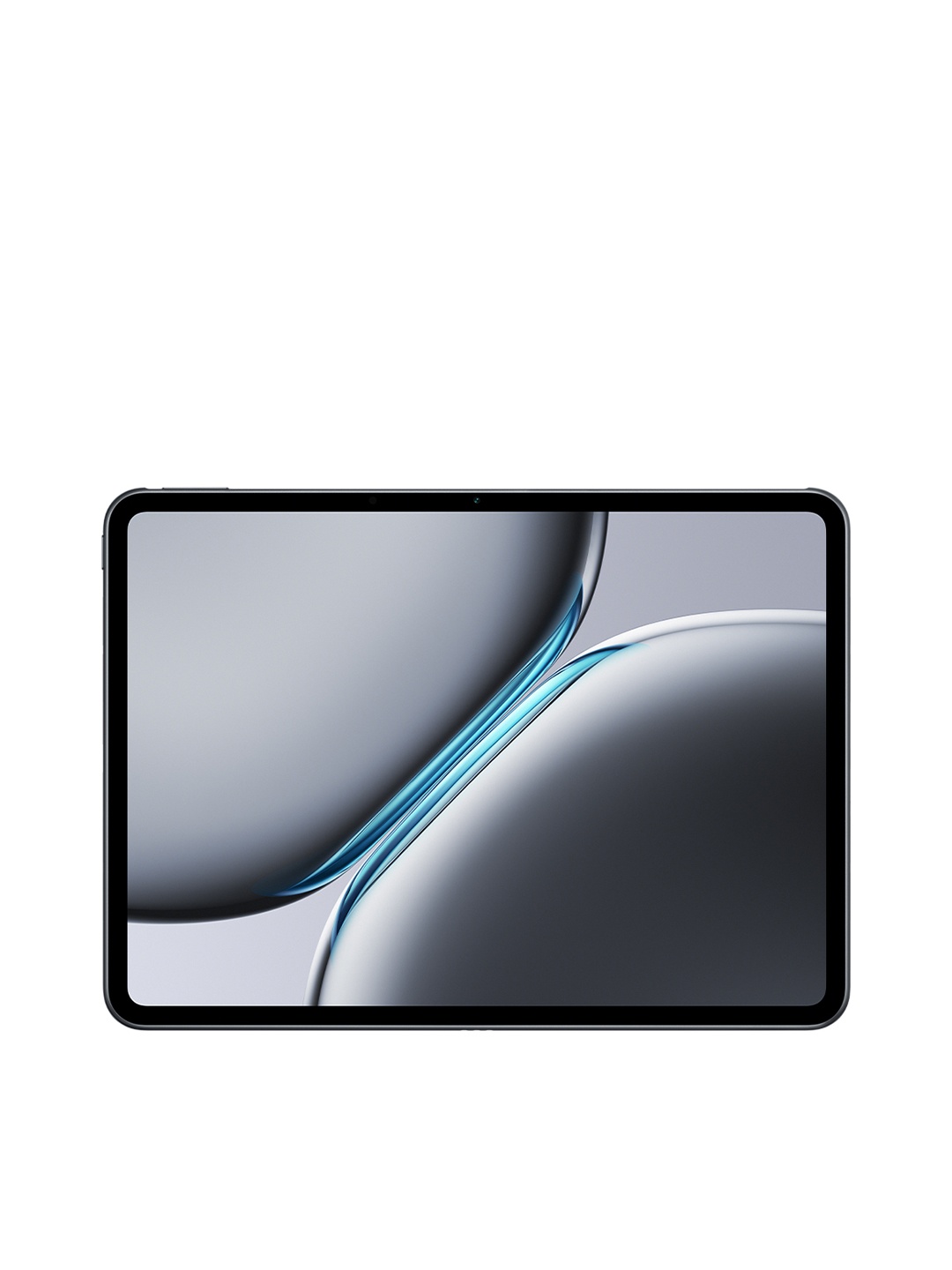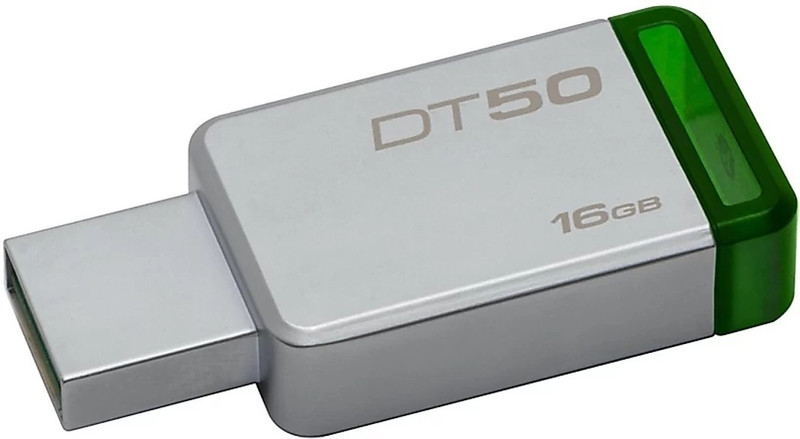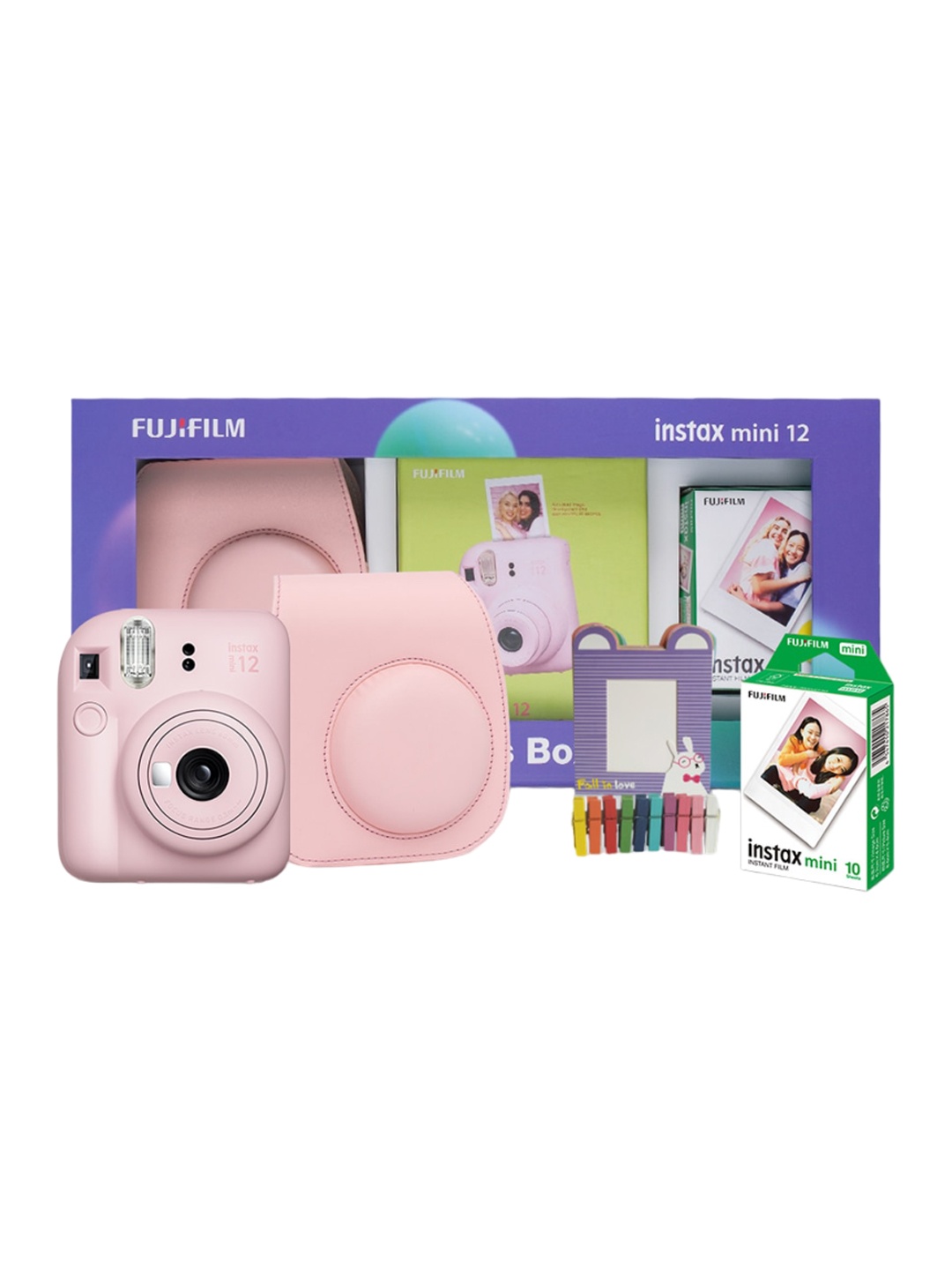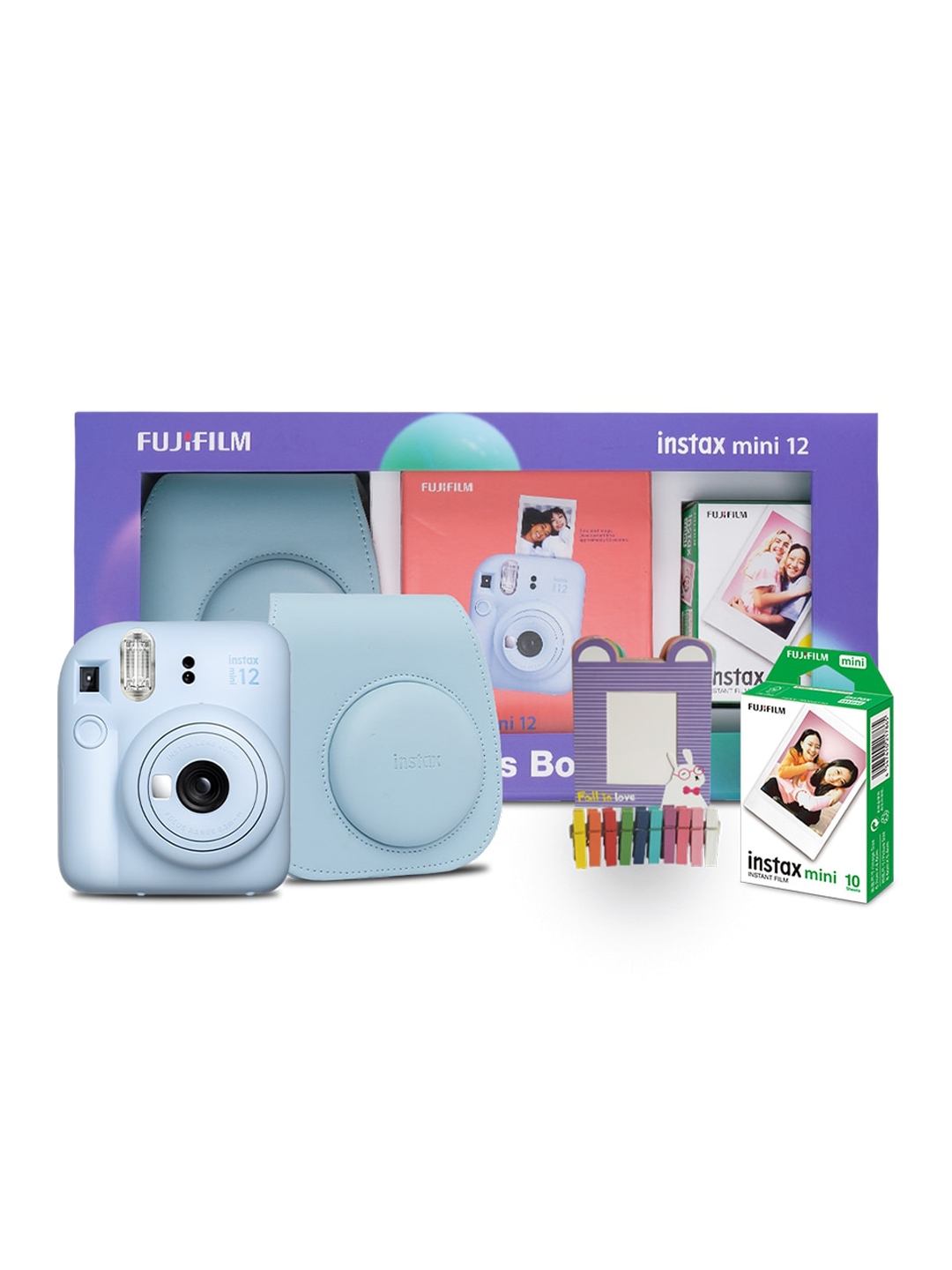From Meh To Magical (Kurta Edition): 10 Things That Make All The Difference

There's something about a cotton kurta that just feels right, whether it's the ease of slipping into it on a sultry summer day, or the graceful way it moves with you. It's a wardrobe staple that has stood the test of time across generations, evolving from humble daily wear to high street chic. But let's be honest, not all cotton kurtas are created equal.
Some flatter your form and elevate your mood the moment you wear them. Others? They just sort of exist, functional but forgettable. So, what exactly takes a kurta from “meh” to “magical”? It's not just the fabric or the cut, but a little symphony of details that work together to make you feel effortlessly stylish and comfortable.
Let's dive into the top ten things that actually make all the difference when you're buying a cotton kurta.
Also Read: Festive Vibes On: Bag 10 Top-Rated Kurta Set For Ramadan Special
1. Fabric Quality: It's Not Just Cotton
When a label says “100% cotton,” it sounds reassuring, doesn't it? But here's the twist, not all cotton is created equal. The quality of cotton can range from coarse and scratchy to buttery soft and breathable. What you want is that sweet spot where the fabric is light yet sturdy, soft but not clingy.
Long-staple cottons like Egyptian or Supima are known for their softness and durability. Even in Indian markets, fabrics like mulmul (muslin) or handloom cotton have a gentle texture and breathability that make them summer favourites. On the flip side, cheap cotton blends may feel stiff, crumple too easily, or even shrink after the first wash, talk about heartbreak.
So, give it the crumple test, squeeze the fabric in your hand. If it wrinkles immediately, it's pure cotton. Now the real question is: does it feel lovely against the skin? If it's already irritating in the trial room, it's not going to get better with time.
2. The Cut: A Silhouette That Loves You Back
A great cut can work wonders. The charm of a cotton kurta lies in its simplicity, but without the right silhouette, it can turn boxy or shapeless in seconds. Whether you prefer a straight fit, A-line, or anarkali, the key is to choose a cut that follows your body's natural lines without clinging.
For instance, a straight-cut kurta can be incredibly flattering on most body types, especially when paired with tapered trousers. An A-line adds flair and movement, ideal if you're after a breezy, roomy feel. If you're petite, go for a well-fitted short kurta or one with slits that elongate your frame. Taller frames often suit flowy lengths and dramatic hems.
Avoid overly stiff fabrics that don't drape well, you want a kurta that moves with you, not against you. The right cut should feel like a gentle hug, not a shapeless sack.
3. Prints And Patterns: Your Personality On Fabric
The print on your kurta isn't just decoration, it's a mood, a vibe, sometimes even a statement. While floral motifs and paisleys are ever-popular, don't shy away from experimenting with geometrics, abstracts, or even quirky hand block prints that bring out your personality.
If you're feeling bold, go for bright Ikat or Kalamkari. Prefer calm and earthy? Soothing indigo or soft pastels with minimal prints work wonders. But here's the catch: large prints on a long kurta can overwhelm a smaller frame, while tiny prints on a broad frame might disappear altogether.
Scale matters. Placement matters. And yes, colour contrast matters too. Go for something that lights you up when you look in the mirror. It shouldn't just match your trousers, it should match your energy.

From Meh To Magical (Kurta Edition): 10 Things That Make All The Difference
Photo Credit: Pexels
4. Neckline And Sleeves: Small Choices, Big Impact
Never underestimate the power of a well-chosen neckline. It frames the face, balances your shoulders, and can add a dash of drama or elegance depending on the style. V-necks and scoop necks elongate the neck and flatter most face shapes. Mandarin collars give a crisp, contemporary edge, while boat necks lean soft and feminine.
Sleeves deserve just as much attention. Elbow-length or three-quarter sleeves tend to be the most versatile, while flared or bishop sleeves add a playful or regal twist. Cap sleeves might work for casual wear, but rarely elevate a kurta beyond loungewear chic.
These details are more than design elements; they influence comfort, coverage, and how confident you feel. A neckline too high might feel stifling, while one too low might leave you adjusting all day. Choose balance over trend-chasing.
5. Stitching And Finish: Where Elegance Hides
Sometimes the most telling detail isn't loud at all, it's the stitching. Neat seams, finished edges, lined hems, these small things tell you a kurta was made with care. Poor stitching, loose threads, or uneven buttons? Big red flag.
Turn the kurta inside out. Is the stitching even? Are there extra reinforcements at the slits and shoulders? These spots take the most stress and often reveal whether your kurta will last more than a few wears.
Also, look for thoughtful details: is there an inner lining if the fabric is sheer? Are the buttons sewn on securely? Even the side zip placement, if any, can be the difference between fuss-free wear and a daily wrestling match. The finish is where a kurta quietly says, “I'm here to stay.”
6. Length Matters (More Than You Think)
Not all lengths are created equal. Some kurtas are long and flowing, brushing the ankles for a graceful vibe, while others stop just above the knee for a modern, casual look. But the right length makes all the difference in how your kurta pairs with bottoms, and how put-together you look.
Mid-thigh lengths are great with jeans or palazzos, especially if you're going for a fusion vibe. Calf-length kurtas have a traditional elegance, ideal for office wear or small gatherings. Floor-length styles are perfect for festive occasions but can look overdone for daily wear.
Think about proportion. A long kurta with flared palazzos may drown a petite frame, while a short kurta on a taller body might feel incomplete. Strike the balance that flatters you, not just the mannequin.

From Meh To Magical (Kurta Edition): 10 Things That Make All The Difference
Photo Credit: Pexels
7. Colour Psychology: Pick Shades That Speak To You
Colours have energy. A mustard yellow kurta can instantly brighten your mood, while a soft mint or blush pink brings calm and grace. The trick is to understand what suits your skin tone and the vibe you want to radiate.
Warmer tones like rust, coral, maroon, or mustard often flatter Indian skin beautifully. Cooler tones like sea green, steel blue, or lavender offer a modern, fresh take. Neutrals like ivory, charcoal, or classic white are versatile must-haves that go with practically anything.
But beyond trends or colour theory, trust your instincts. If your heart skips a beat when you hold up a kurta in a particular shade, that's the one. Clothes should spark joy, not just match dupattas.
8. The Little Embellishments: Magic In The Details
Sometimes it's the smallest details that elevate a cotton kurta from plain to poetic. A bit of mirror work, dainty embroidery, or even a handcrafted button, these touches carry stories, not just style.
You don't need heavy zardozi to feel dressed up. A delicate lace trim, contrast piping, or subtle gota on the sleeves can make even the simplest kurta feel special. These embellishments reflect craftsmanship and can add just the right amount of sparkle without weighing you down.
But be mindful, too much bling on cotton can feel mismatched. Let the details enhance, not overwhelm. Remember, it's in the tiny things that elegance hides.
Products Related To This Article
1. Anayna Bandhani Printed Kurta
2. Sangria Black Floral Printed V-Neck Thread Work Pure Cotton Straight Kurta
3. Anouk Floral Printed Round Neck Pure Cotton Straight Kurta
4. Sangria PRINTED FLORAL KURTA
5. Varanga Women Embroidered Flared Sleeves Thread Work Boat Neck Kurta
6. Libas Women Blue & Pink Floral Motifs Printed Kurta
7. Anouk Women Striped Cotton Kurta
8. Meeranshi Bandhani Printed Cotton Kurta
Buying the perfect cotton kurta isn't about following fashion trends or spending a fortune, it's about paying attention to the little things that make you feel good. From the quality of the fabric to the way it hugs (or dances around) your body, every detail contributes to how that kurta lives in your wardrobe, and your life.
A great cotton kurta feels like an old friend. It flatters without trying too hard. It breathes, it moves, and it makes you feel just a little more you. So the next time you're out shopping, keep these ten things in mind. Don't settle for meh when magic is just a stitch, a colour, or a silhouette away. Shop now on Myntra.
Disclaimer: The images used in this article are for illustration purpose only. They may not be an exact representation of the products, categories and brands listed in this article.








